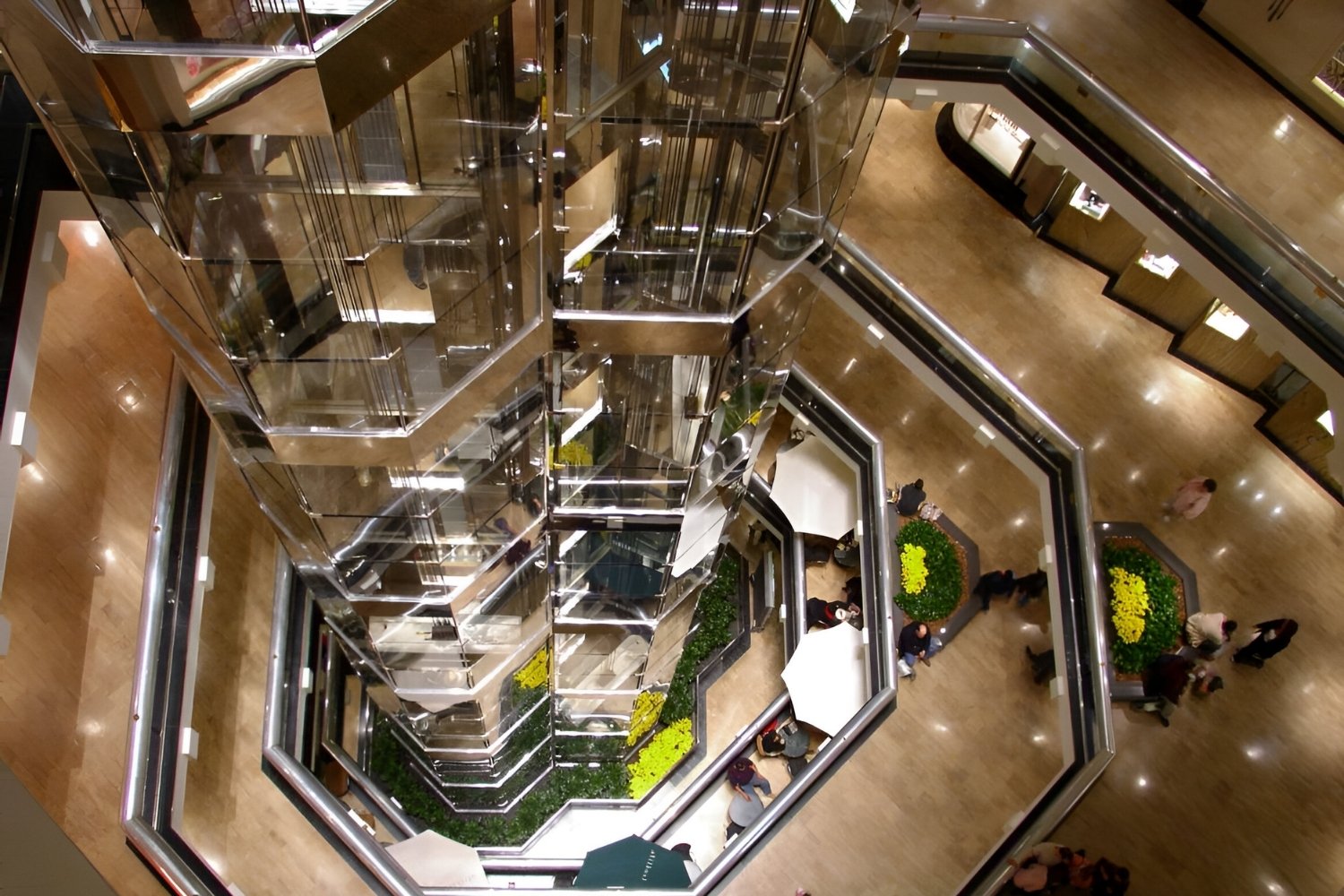Chicago’s Forgotten Water-Powered Elevators

Did you know that Chicago once had water-powered elevators? These unique lifts played a crucial role in the city's architectural history. In the late 19th century, as skyscrapers began to rise, engineers needed a reliable way to move people and goods between floors. Enter the water-powered elevator, a marvel of engineering that used hydraulic pressure to lift and lower cabs. While modern electric elevators have replaced them, these early innovations were essential in shaping the skyline we recognize today. Curious about how they worked and why they disappeared? Let's dive into the fascinating story of Chicago's forgotten water-powered elevators.
Chicago's Forgotten Water-Powered Elevators
Chicago, known for its towering skyscrapers and architectural marvels, holds a lesser-known secret: water-powered elevators. These engineering feats once played a crucial role in the city's development. Let's explore some of the places where these unique elevators still exist or once operated.
1. The Rookery Building
The Rookery Building, an iconic landmark in Chicago, once housed water-powered elevators. Designed by Burnham and Root, this building showcases the ingenuity of early elevator technology. Visitors can still appreciate the historical significance of these elevators while admiring the building's stunning architecture.
2. The Monadnock Building
The Monadnock Building, another architectural gem, also featured water-powered elevators. This building, known for its unique design and impressive height, relied on these elevators to transport people efficiently. Although modern elevators have replaced the originals, the Monadnock Building remains a testament to Chicago's innovative spirit.
3. The Marquette Building
The Marquette Building, a masterpiece of the Chicago School of Architecture, once utilized water-powered elevators. These elevators were essential in making the building accessible and functional. Today, visitors can learn about the history of these elevators through exhibits and guided tours.
4. The Reliance Building
The Reliance Building, now known as the Burnham Hotel, also had water-powered elevators. This building, with its beautiful glass façade, represents a significant period in Chicago's architectural history. The elevators played a vital role in the building's operation, making it a popular destination for both locals and tourists.
5. The Old Colony Building
The Old Colony Building, one of Chicago's early skyscrapers, featured water-powered elevators. These elevators were crucial in making the building a functional workspace for many businesses. Although the original elevators are no longer in use, the building's history remains an important part of Chicago's architectural heritage.
6. The Fisher Building
The Fisher Building, known for its intricate terra cotta façade, also utilized water-powered elevators. These elevators were essential in making the building accessible to its occupants. Today, the Fisher Building stands as a reminder of the innovative engineering solutions that once powered Chicago's growth.
7. The Masonic Temple Building
The Masonic Temple Building, once the tallest building in Chicago, relied on water-powered elevators to transport people to its upper floors. These elevators were a marvel of engineering at the time, showcasing the city's commitment to innovation. Although the building no longer stands, its legacy lives on in Chicago's architectural history.
8. The Auditorium Building
The Auditorium Building, a multi-purpose structure designed by Adler and Sullivan, also featured water-powered elevators. These elevators were crucial in making the building's various spaces accessible to the public. Today, the Auditorium Building continues to serve as a cultural hub, with its history of water-powered elevators adding to its charm.
9. The Manhattan Building
The Manhattan Building, one of the earliest skyscrapers in Chicago, utilized water-powered elevators to transport its occupants. These elevators were an essential part of the building's design, allowing it to function efficiently. The Manhattan Building remains an important piece of Chicago's architectural history, with its water-powered elevators playing a key role in its story.
10. The Gage Group Buildings
The Gage Group Buildings, a trio of historic structures, also featured water-powered elevators. These elevators were vital in making the buildings accessible and functional for their occupants. Today, the Gage Group Buildings stand as a testament to Chicago's innovative spirit and commitment to architectural excellence.
The Legacy of Chicago's Water-Powered Elevators
Chicago's water-powered elevators played a crucial role in shaping the city's architectural landscape. These innovative machines, powered by the Chicago River, allowed buildings to reach new heights, transforming the skyline. Though modern technology has replaced them, their impact remains significant.
Walking through Chicago today, you can still find remnants of this fascinating history. Old buildings with unique elevator shafts and historical markers tell the story of a time when water was the driving force behind urban growth.
Understanding this piece of history gives us a deeper appreciation for the city's development. It highlights the ingenuity and resourcefulness of past engineers and architects. Next time you're in Chicago, take a moment to think about the water-powered elevators that once lifted the city to new heights. Their legacy is a testament to human innovation and the relentless pursuit of progress.

